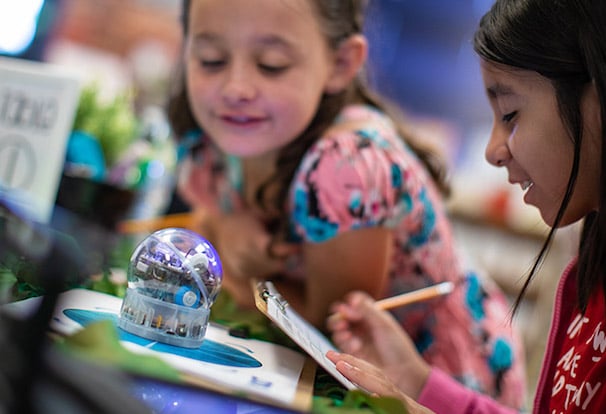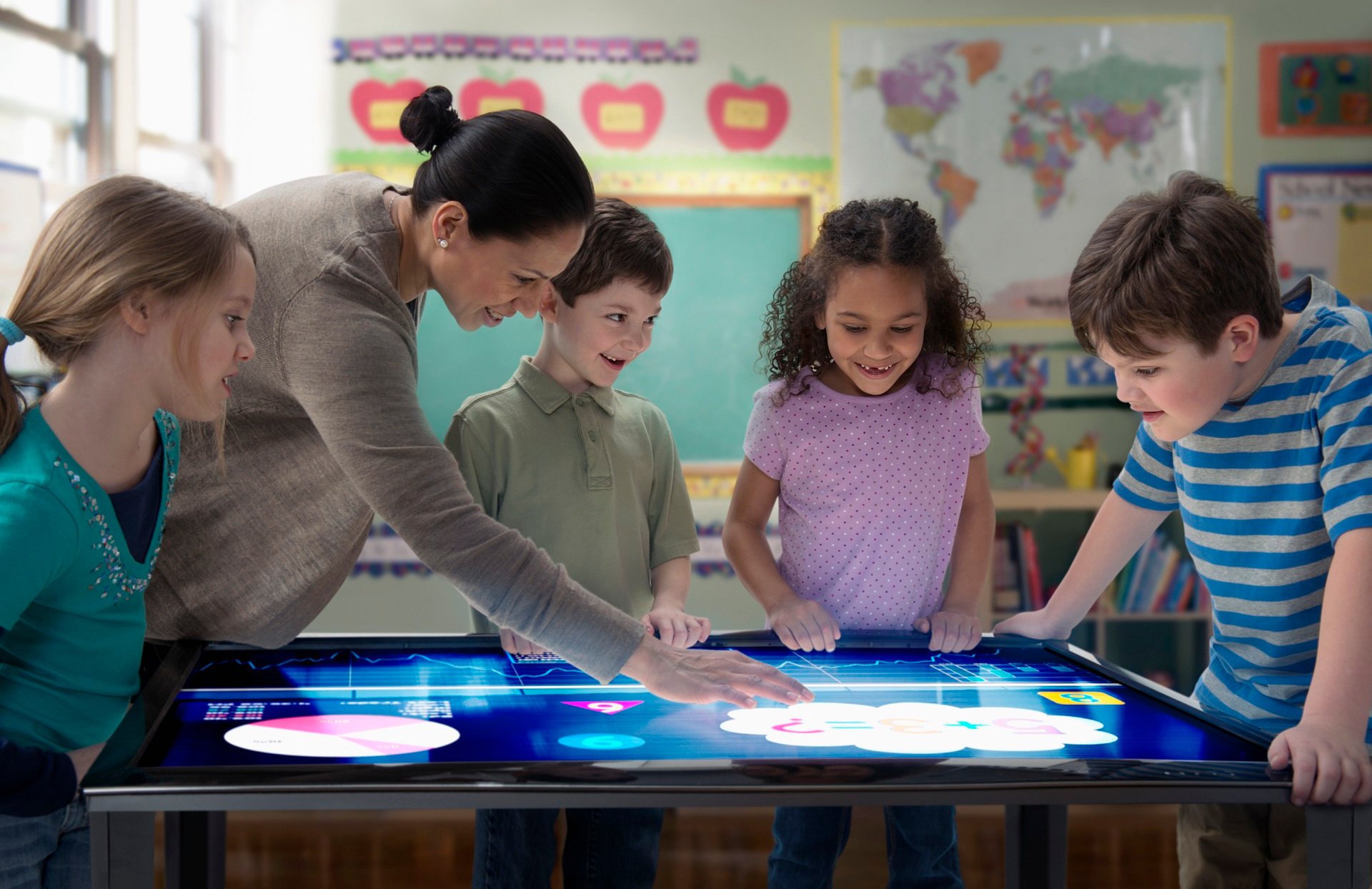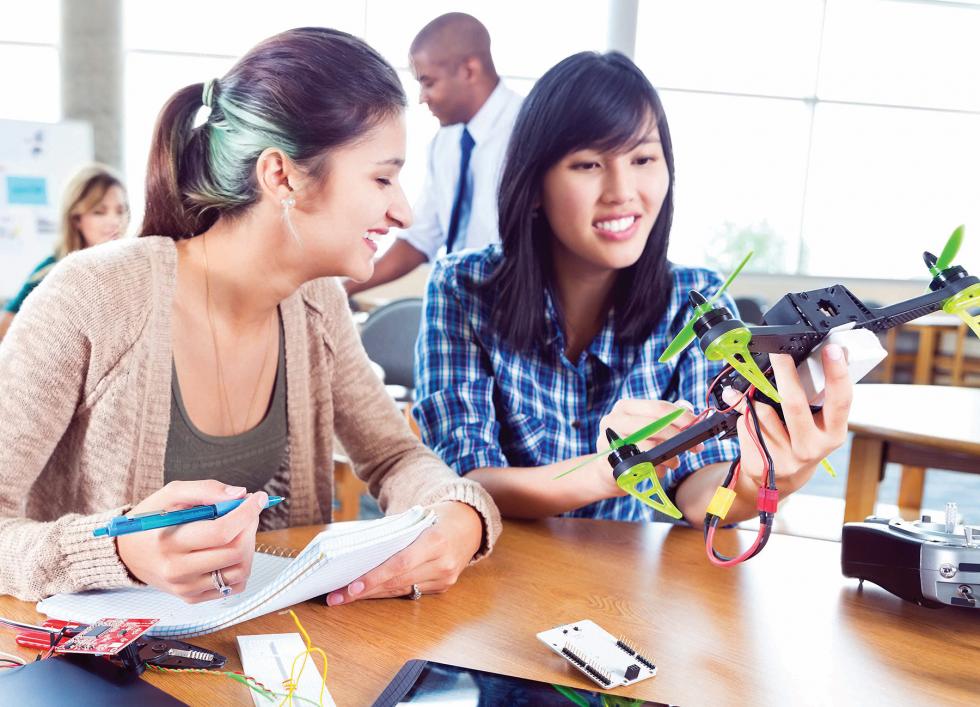Planning Lessons With the Student Experience in Mind
Providing students with clear directions and easy-to-navigate content is especially important during distance learning.

- 0 Comments
- Aug 20, 2020 10:00:00 AM
- Posted by Natalia Galvis
- Topics: EdTech, STEM, students, Technology, Learning, Edchat, online, remote learning, lessons, classroom
The Importance of Edtech to Create an Inclusive Classroom
Inclusivity is a keyword in today’s education. The ideal classroom is a place where students who face unique challenges in their learning process are not segregated, but welcomed among their peers and given the same level of education. This dream often ends up clashing with reality: insufficient staff or budget can often make it impossible for a school to give disadvantaged students the attention they require.
 Photo by Erhan Astam on Unsplash
Photo by Erhan Astam on Unsplash
The use of specialized assistive technology can ease the strain on the teaching staff and increase the level of independence of students with physical or intellectual difficulties, bringing the classroom one step closer to being truly inclusive.
- 0 Comments
- Aug 19, 2020 10:00:00 AM
- Posted by Natalia Galvis
- Topics: Robotics, EdTech, STEM, Robots,, students, Technology, Learning, Edchat, online, remote learning, classroom
How To Improve Remote Learning
 Photo by Sharon McCutcheon on Unsplash
Photo by Sharon McCutcheon on Unsplash
The sudden transition to remote learning has caused many schools and districts to come up with more effective ways to help students continue their education. It also found educational institutions in different levels of preparedness with some schools simply sending learning modules to students while others ensure that learners are equipped with the right devices, WiFi, and online curricula as their guide. Fortunately, there are many curriculum providers online that offer free materials for teachers, parents, and students.
Despite being in the best of circumstances, remote learning is still very challenging. A school community transitioning to a remote learning environment requires planning, resources, sustainable professional development, and students to have access to devices and internet connection.
To help you improve remote learning, here are some tips you can apply.
- 0 Comments
- Aug 18, 2020 10:00:00 AM
- Posted by Natalia Galvis
- Topics: Robotics, EdTech, STEM, Robots,, students, Technology, Learning, Edchat, online, remote learning, classroom
STEM, Coding, and Robotics summer ideas!
As calendar days tick by, summer are right around the corner. And with more sunshine and better conditions in sight, that means outdoor activities and camps are on the horizon.

- 0 Comments
- Jun 19, 2020 10:00:00 AM
7 Roles for Artificial Intelligence in Education

Artificial Intelligence is no longer just contained in science fiction films. It is increasingly becoming a significant part of our everyday lives. We already use tools like Siri and Amazon’s Alexa and are just beginning to see the possibilities of AI in education. And, we should expect to see more. The Artificial Intelligence Market in the US Education Sector 2017-2021 report suggests that experts expect AI in education to grow by “47.50% during the period 2017-2021.”
With the expected growth of AI in education, here is a glimpse into some of the roles it will play in the classroom.
- 0 Comments
- Jun 18, 2020 10:00:00 AM
- Posted by Natalia Galvis
- Topics: Robotics, EdTech, STEM, Artificial Intelligence, students, STEMchat, Edchat, AI, remote learning
How Teachers Can Support PBL at Home
Tips and projects that teachers can share with parents and caregivers to guide children in any grade through project-based learning—with or without technology.

- 0 Comments
- Jun 17, 2020 10:00:00 AM
- Posted by Natalia Galvis
- Topics: Robotics, EdTech, STEM, Project Based Learning, students, STEMchat, PBL, Edchat, remote learning
It’s time to set up a Blended Learning classroom
Distance learning has left a mark on schools worldwide. Even now that educators are getting ready for a gradual reopening, it is clear that they will not allow the efforts made to adapt to the crisis to go to waste: the next phase of the plan for the return to a new normal is blended learning, and it just might be here to stay.
But this combination of distance and in-person learning may leave some teachers unprepared, so let’s take a look at what to expect.

- 0 Comments
- Jun 16, 2020 10:00:00 AM
- Posted by Natalia Galvis
- Topics: Robotics, Summer School, EdTech, STEM, students, programming, STEMchat, summer, Edchat, remote learning, distance learning
Digital Instruction During the Pandemic
Teaching virtually comes with its own set of challenges—especially during a pandemic. Use these strategies to focus on specific goals, embrace uncertainty, and keep communication open.

- 0 Comments
- May 21, 2020 10:00:00 AM
- Posted by Natalia Galvis
- Topics: Robotics, EdTech, STEM, Robots,, students, STEMchat, Edchat, coronavirus, remote learning
How Can You Take the Distance Out of Distance Learning?
Distance learning has provided thousands of students the chance to increase their knowledge on a chosen subject in an accessible and flexible way.

- 0 Comments
- May 20, 2020 10:00:00 AM
- Posted by Natalia Galvis
- Topics: Robotics, EdTech, STEM, Robots,, students, STEMchat, Edchat, coronavirus, remote learning
Your New Support Center for the Robots Pepper and NAO is Online!
Despite the COVID-19, Softbank Robotics Customer Support and Repair services for the robots Pepper and NAO are still open and operational. All your requests will be processed.

- 0 Comments
- May 19, 2020 2:30:00 PM
- Posted by Natalia Galvis
- Topics: Robotics, EdTech, STEM, Robots,, students, STEMchat, Edchat, coronavirus, remote learning
Relevant Posts
Popular Posts
Subscribe to Email Updates
-
I Want To Learn MoreADDITIONAL INFORMATION


